The foam insulation market is characterized by a dynamic competitive landscape, driven by increasing demand for energy-efficient building materials and stringent regulatory standards aimed at reducing carbon footprints. Key players such as Owens Corning (US), BASF SE (DE), and Dow Inc. (US) are strategically positioned to leverage innovation and sustainability in their operations. Owens Corning (US) focuses on enhancing its product portfolio through advanced insulation technologies, while BASF SE (DE) emphasizes sustainable solutions that align with global environmental goals. Dow Inc. (US) is also investing in research and development to create high-performance insulation materials, collectively shaping a competitive environment that prioritizes eco-friendly practices and technological advancements.
In terms of business tactics, companies are increasingly localizing manufacturing to reduce lead times and optimize supply chains. The market structure appears moderately fragmented, with several key players exerting influence over pricing and product offerings. This fragmentation allows for niche players to thrive, while larger corporations capitalize on economies of scale and brand recognition. The collective influence of these key players fosters a competitive atmosphere where innovation and sustainability are paramount.
In October 2025, Owens Corning (US) announced the launch of a new line of bio-based insulation products, which are designed to meet the growing consumer demand for sustainable building materials. This strategic move not only enhances their product offerings but also positions the company as a leader in eco-friendly insulation solutions. The introduction of these products is likely to attract environmentally conscious consumers and builders, thereby expanding their market share.
In September 2025, BASF SE (DE) unveiled a partnership with a leading construction firm to develop energy-efficient building solutions that incorporate their latest foam insulation technology. This collaboration underscores BASF's commitment to innovation and sustainability, as it aims to integrate advanced insulation materials into new construction projects. Such partnerships may enhance their competitive edge by providing access to new markets and customer segments.
In August 2025, Dow Inc. (US) expanded its manufacturing capabilities by investing in a new facility dedicated to producing high-performance insulation products. This expansion is expected to increase production capacity and improve supply chain efficiency, allowing Dow to better meet the rising demand for insulation materials. The strategic importance of this investment lies in its potential to solidify Dow's position as a market leader in the foam insulation sector.
As of November 2025, current competitive trends indicate a strong emphasis on digitalization, sustainability, and the integration of artificial intelligence in product development and manufacturing processes. Strategic alliances are increasingly shaping the landscape, enabling companies to pool resources and expertise to drive innovation. Looking ahead, competitive differentiation is likely to evolve from traditional price-based competition to a focus on technological advancements, sustainability, and supply chain reliability, reflecting the industry's shift towards more responsible and innovative practices.


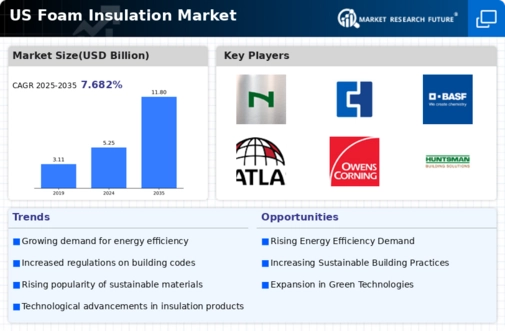






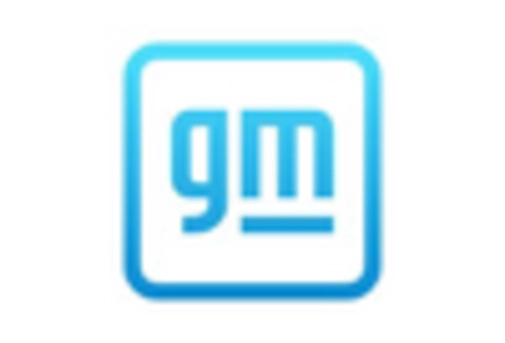
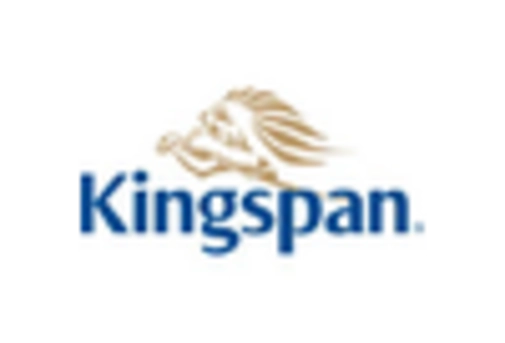
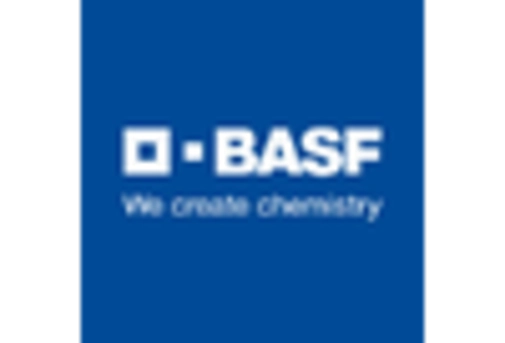
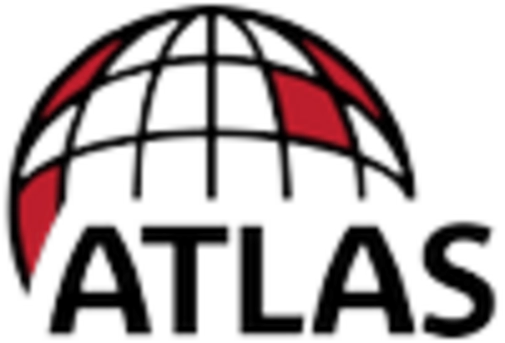
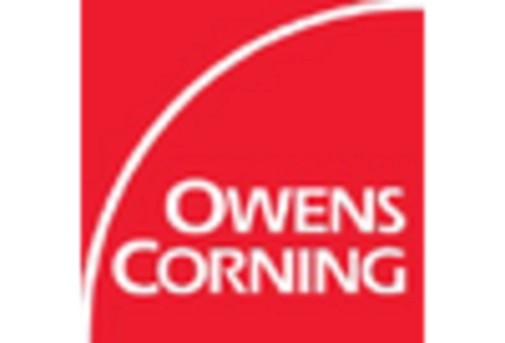
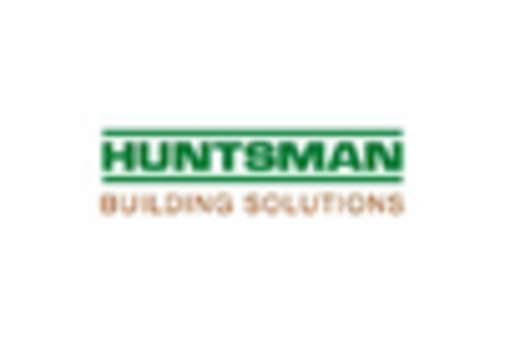








Leave a Comment